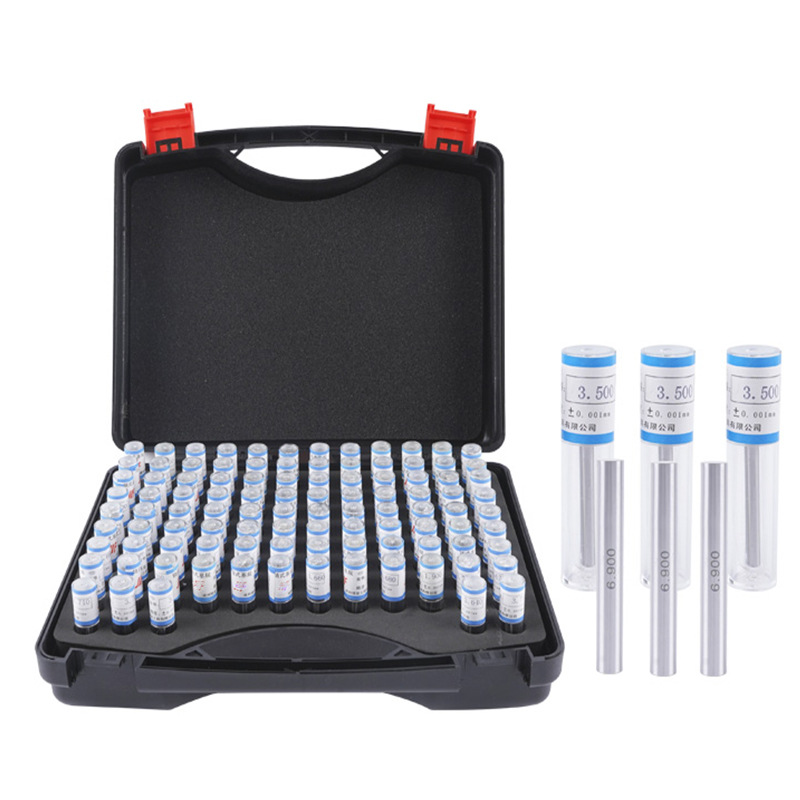يناير . 02, 2025 17:42 Back to list
metal thread gauge
Understanding Metal Thread Gauges Importance, Types, and Applications
In the intricate world of manufacturing and engineering, precision is paramount. One of the essential tools that help ensure the accuracy of threaded components is the metal thread gauge. This tool plays a crucial role in quality control, helping to verify that threads on various metal parts meet the necessary specifications.
What is a Metal Thread Gauge?
A metal thread gauge is a measuring device used to determine the size and pitch of screw threads. It is typically made from high-quality steel or other durable metals to withstand wear and tear, ensuring longevity and reliability. The gauge consists of a series of notches or profiles that correspond to specific thread sizes and pitches. The user can easily compare a threaded item against these profiles to identify its specifications.
Importance of Metal Thread Gauges
The importance of metal thread gauges cannot be overstated. In industries where precision and safety are critical, such as aerospace, automotive, and construction, ensuring that components fit together correctly is essential. A small deviation in thread size can lead to significant problems, including mechanical failures, safety hazards, and costly repairs. By using metal thread gauges, manufacturers can maintain high standards of quality assurance and ensure that their products meet industry regulations.
Types of Metal Thread Gauges
There are several types of metal thread gauges, each designed for specific applications. Here are some of the most common types
1. Go/No-Go Thread Gauges This type includes two gauges a Go gauge, which should fit onto the thread, indicating that the thread is acceptable, and a No-Go gauge, which should not fit. If the Go gauge fits and the No-Go does not, the thread is within specification.
metal thread gauge

2. Pitch Gauges These gauges are used to measure the pitch of a thread, which is the distance between the threads. They come with multiple serrated blades that help determine the correct pitch by matching them against the threaded component.
3. Plug Gauges Plug gauges are used for internal thread inspection. They help verify the size and accuracy of tapped holes, ensuring they properly fit screws or bolts.
4. Ring Gauges These gauges are designed for external thread measurement. They check the outer dimensions of a threaded bolt or screw to ensure compliance with standards.
5. Thread Calipers Some advanced gauges come in the form of calipers, allowing for a more versatile measurement approach. These tools can measure both the diameter and pitch of threads, providing more detailed information.
Applications of Metal Thread Gauges
Metal thread gauges find applications across various industries. In automotive manufacturing, for instance, they are vital for ensuring that engine parts fit correctly. In the aerospace sector, the incorrect threading of components can lead to catastrophic failures, making the use of such gauges a standard practice. Additionally, quality control departments in manufacturing facilities employ thread gauges to ensure products adhere to stringent standards before they reach the market.
Conclusion
In conclusion, metal thread gauges are indispensable tools in the realm of manufacturing and engineering. Their ability to ensure the accuracy and quality of threaded components makes them crucial for maintaining safety and efficiency across various industries. As technology continues to advance, the design and functionality of thread gauges may evolve, but their fundamental importance will undoubtedly remain a cornerstone of quality assurance practices. Understanding how to effectively use these gauges and recognizing their significance can lead to better manufacturing outcomes and more reliable products.
-
Why Metric Trapezoidal Thread is Ideal for Precision Motion ControlNewsAug.05,2025
-
The Unique Properties of a Block of Granite for Industrial UseNewsAug.05,2025
-
The Role of Flanged Y Strainers in Preventing Pipeline ClogsNewsAug.05,2025
-
The Importance of Regular Calibration for Master Ring GagesNewsAug.05,2025
-
How a Cast Iron Surface Table Enhances Accuracy in ManufacturingNewsAug.05,2025
-
Comparing Different Check Valve Types for Optimal Flow ControlNewsAug.05,2025
Related PRODUCTS









